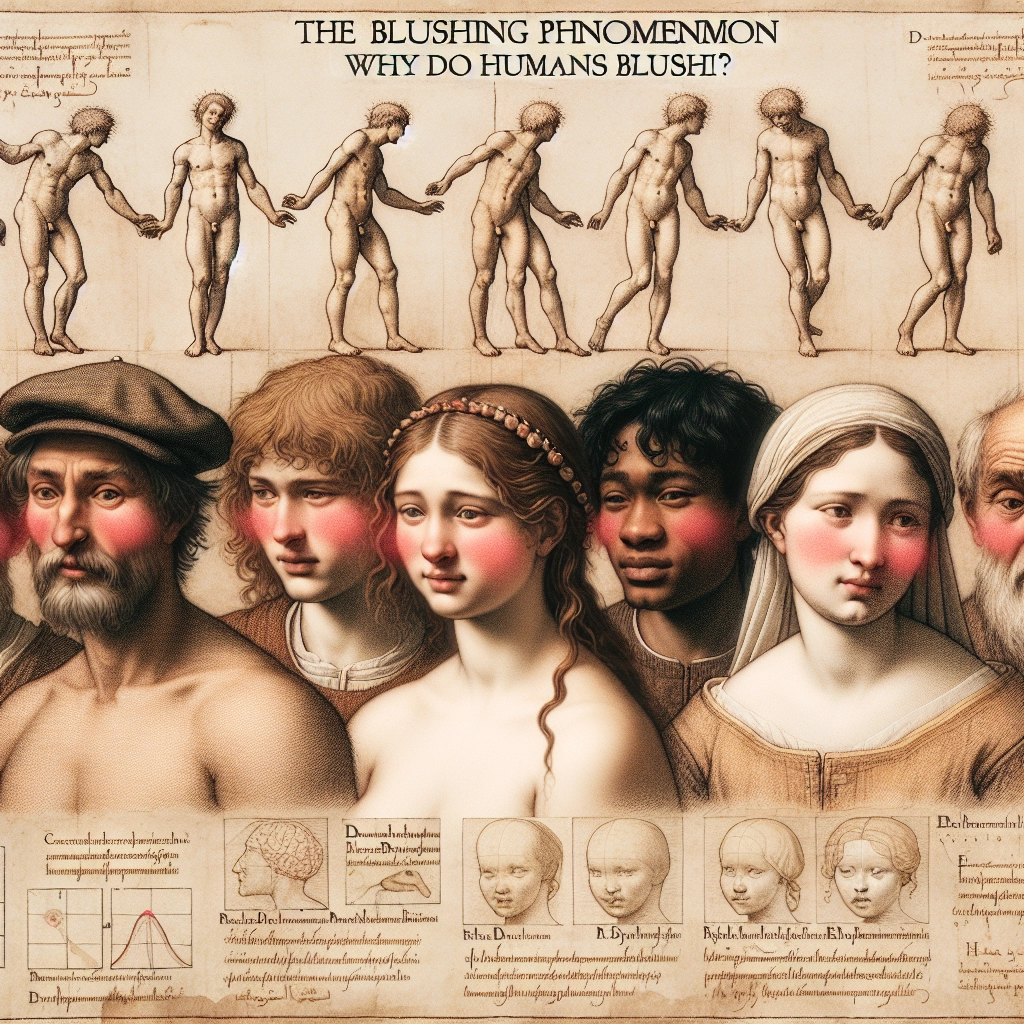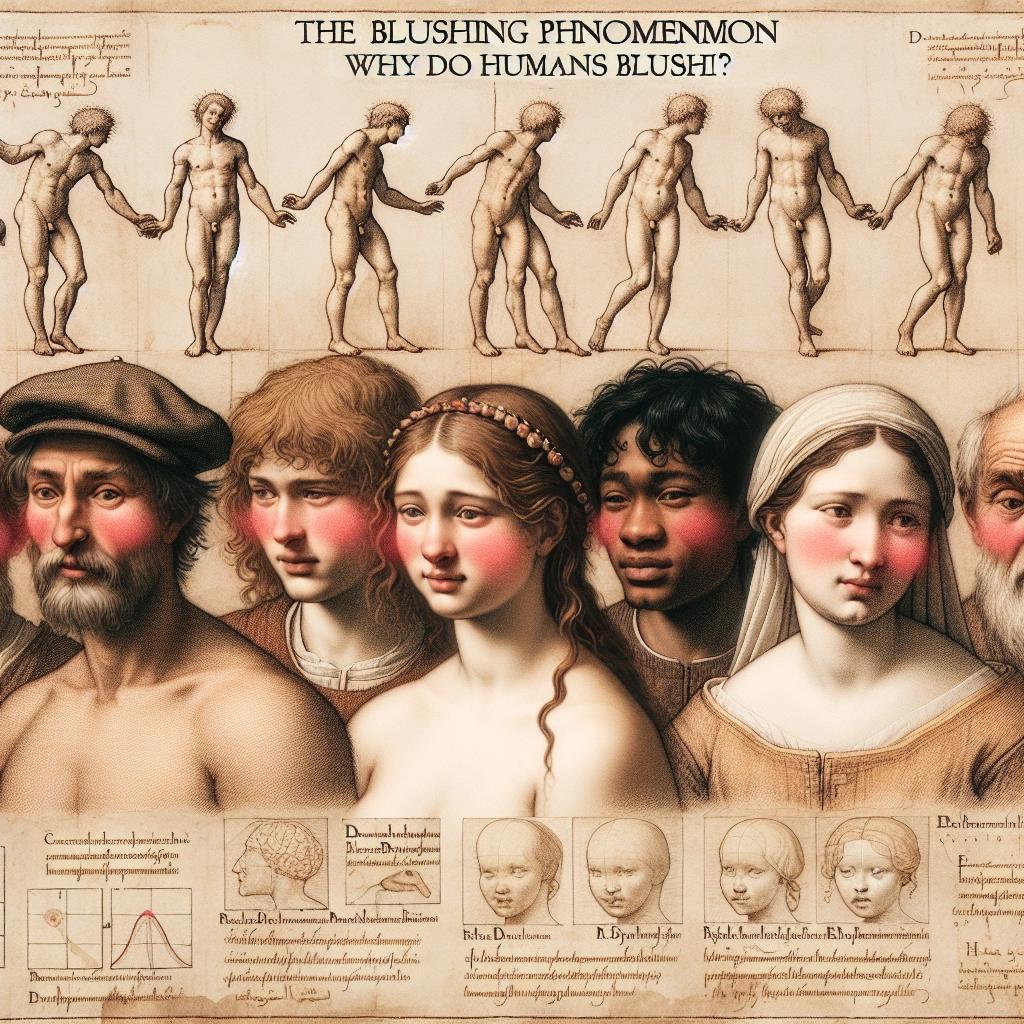The Blushing Phenomenon: Why Do Humans Blush?
 Quantum Cyber Solutions
Quantum Cyber Solutions

Published on
Friday, May 29, 2020
The Blushing Phenomenon: Why Do Humans Blush?
=================================================
Authors

Name
Eric deQuevedo 😄
Twitter
😊 The Blushing Phenomenon: Why Do Humans Blush? 😊
Blushing is a curious and distinctly human reaction that can turn our cheeks red in moments of embarrassment, shame, or even love. This involuntary response is both fascinating and sometimes perplexing. But why do humans blush, and what purpose does it serve? Let's delve into the science and psychology behind this unique human phenomenon.
🔬 The Science of Blushing 🔬
Blushing involves the dilation of blood vessels in the face, leading to increased blood flow and the characteristic reddening of the cheeks. This response is controlled by the sympathetic nervous system, which is responsible for the body's "fight or flight" reactions.
🧠 How Blushing Happens 🧠
- Emotional Trigger: Blushing is typically triggered by strong emotions such as embarrassment, shame, or romantic feelings.
- Sympathetic Nervous System Activation: These emotions activate the sympathetic nervous system, which prepares the body to respond to stress.
- Vasodilation: The activation of the sympathetic nervous system causes the blood vessels in the face to dilate (widen), increasing blood flow to the area.
- Reddening of the Skin: The increased blood flow brings more blood to the surface of the skin, causing the cheeks to turn red.
🌍 The Purposes of Blushing 🌍
Blushing might seem like an inconvenient reaction, but it serves several important social and psychological functions.
💬 Nonverbal Communication:
- Social Signals: Blushing can act as a nonverbal form of communication, signaling to others that we are feeling embarrassed, ashamed, or flustered. This can help convey our emotional state without words.
- Apology and Regret: In social situations, blushing can signal that we recognize a social faux pas or mistake and feel genuine remorse, which can help repair social bonds.
🛡️ Social Defense Mechanism:
- Disarming Aggression: Blushing can serve as a social defense mechanism by showing vulnerability and sincerity. This can disarm potential aggression or judgment from others, fostering empathy and understanding.
- Building Trust: By displaying our emotions openly through blushing, we can build trust with others, as it indicates honesty and transparency.
🧬 Evolutionary Perspective:
- Group Cohesion: From an evolutionary standpoint, blushing may have developed as a way to maintain group cohesion and social harmony. By signaling regret or submission, individuals could avoid conflicts and strengthen group bonds.
🌟 The Human Touch 🌟
Blushing is a uniquely human trait that highlights the complexity of our emotional and social lives. It serves as a powerful reminder of our inherent need for connection, empathy, and understanding.
Next time you find yourself blushing, remember that this involuntary reaction is a natural part of being human. It's a testament to the intricate interplay between our emotions, biology, and social interactions. Let's celebrate the beauty of blushing and the fascinating science that explains why our cheeks turn red.
Discuss on Twitter • View on GitHub
Tags
Blushing
Biology
Emotions
Human Body
Psychology
Questions
Previous Article
The Fascinating World of Dreams: Unraveling the Mysteries of Our Sleeping Mind
Next Article
Subscribe to my newsletter
Read articles from Quantum Cyber Solutions directly inside your inbox. Subscribe to the newsletter, and don't miss out.
Written by
